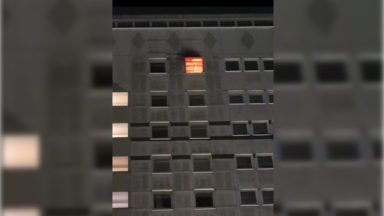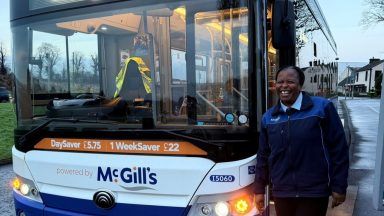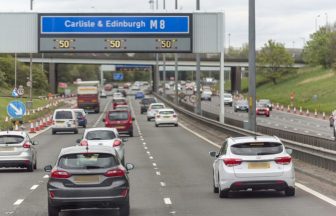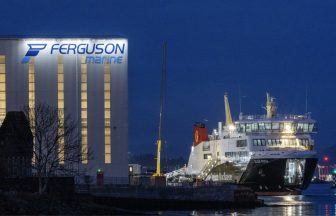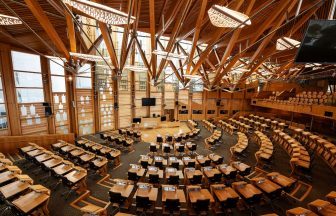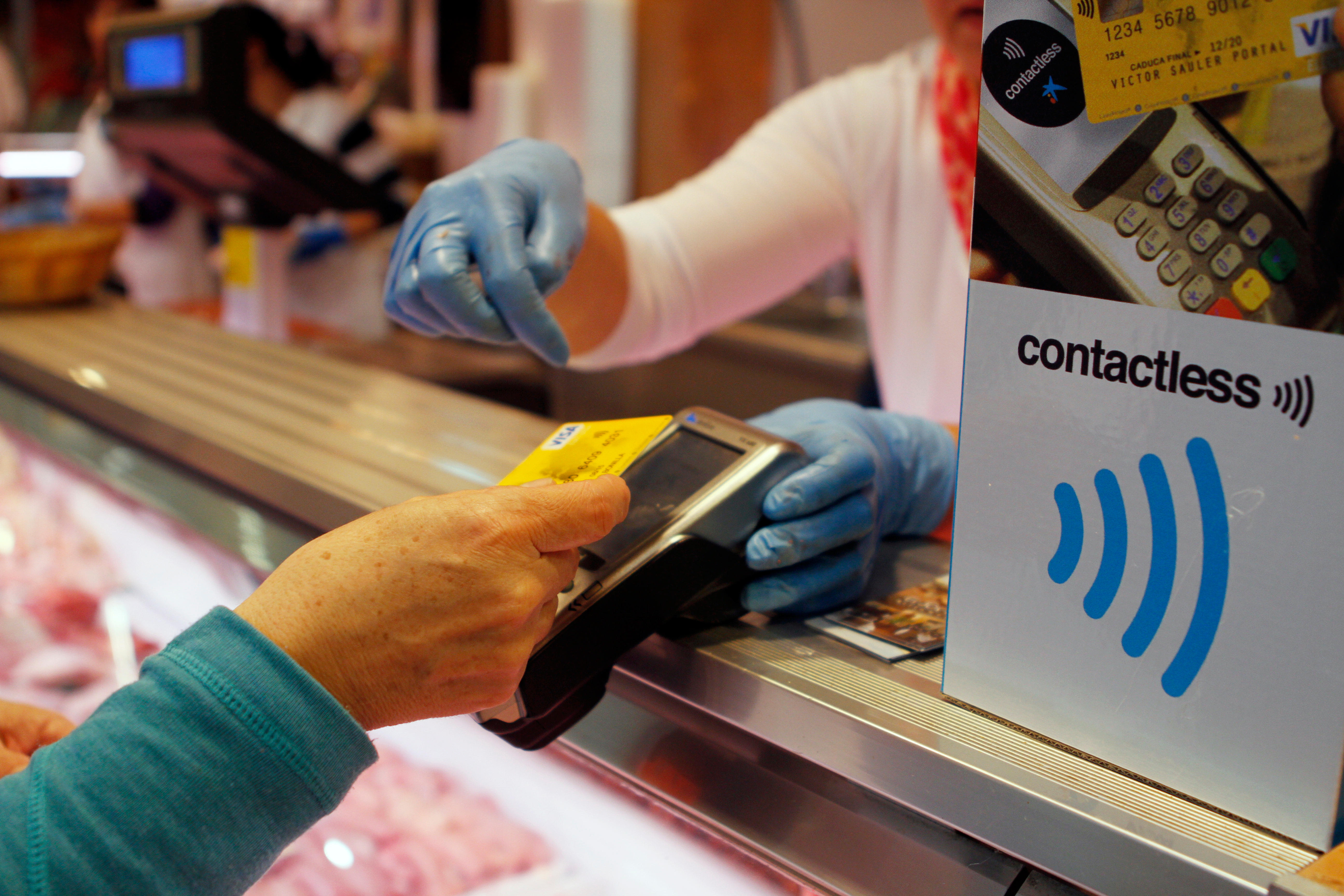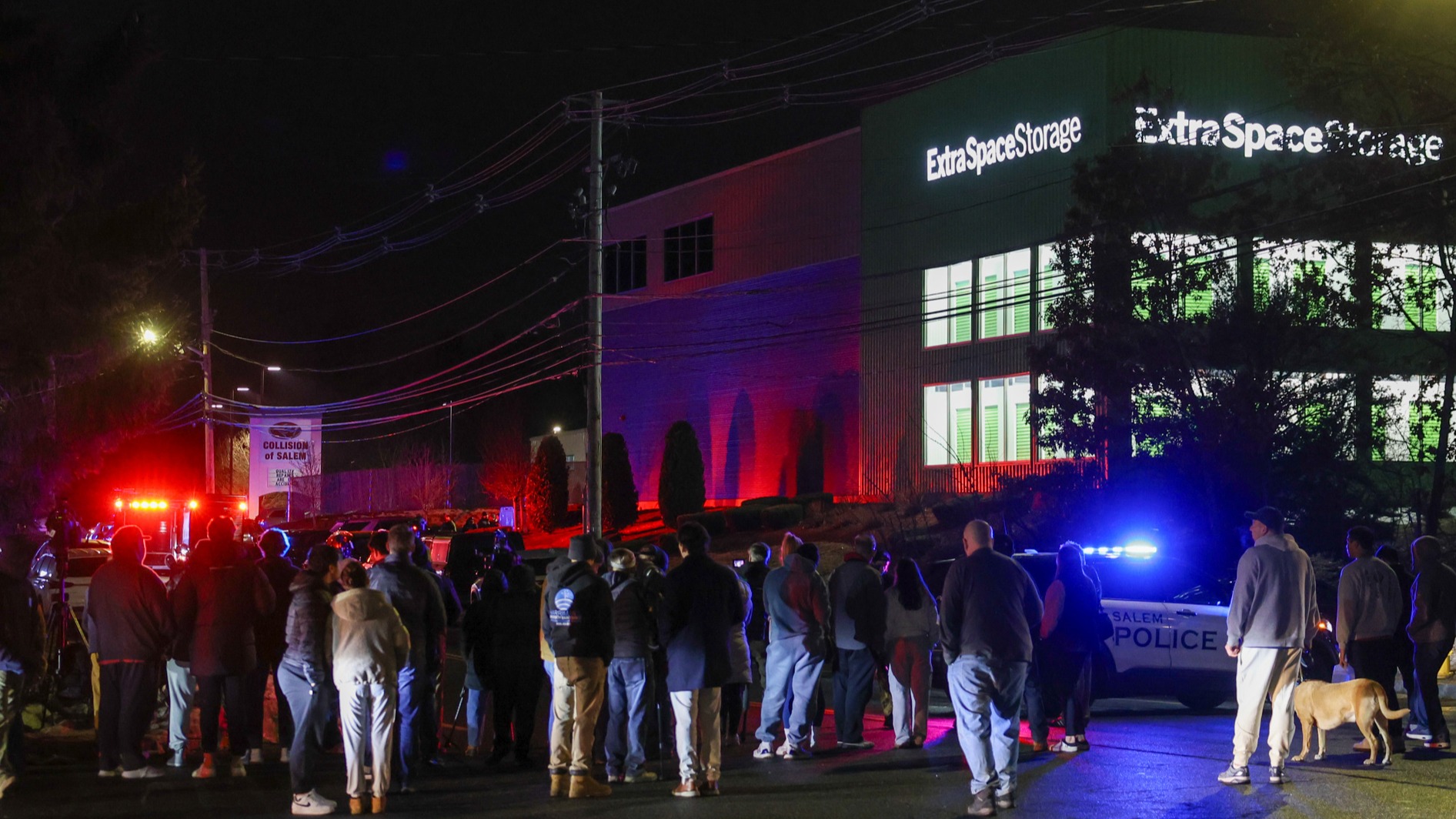People at high risk have been left waiting hours for ambulances as Scotland’s A&E departments continue to struggle.
In March, a red category patient, identified as having a higher likelihood of cardiac arrest or needing resuscitation, waited for more than six hours and 40 minutes, a freedom of information request has revealed.
In January, another patient whose call was marked purple, identifying them as among “the most critically ill patients”, had to wait an hour and 24 minutes.
The target response time for purple and red calls is eight minutes.
In 2021, the Scottish Ambulance Service saw the military drafted in to help as response times plummeted and patients died while waiting for medics.
Last winter, the crisis in the service continued with one health board forced to apologise after a patient was left in an ambulance outside an emergency department for more than 15 hours.
“It is scandalous that even patients fighting for their lives can’t count on getting an ambulance quickly,” said Scottish Labour Health spokesperson Jackie Baillie.
“Paramedics are doing their best to keep patients safe, but they too are being badly failed by this disastrous SNP government.
“We had plenty of empty promises from Humza Yousaf when he was health secretary, but this crisis is still endangering lives.
“Michael Matheson must act where his predecessor failed and support our ambulance service before any more lives are put at risk by this chaos.”
The Scottish Ambulance Service said long waits for high risk patients were for cases that saw the severity increased after the initial call.
“Our latest statistics show our median response time for our most serious calls across the country is currently seven minutes six seconds,” a spokesperson said,
“The longer response times regarding purple and red calls relate to where calls have started as a lower call category, for example amber or yellow, and were then subsequently upgraded.
“We continually look for opportunities to improve our response times and we have recently recruited 464 extra frontline staff and are working closely with hospitals which experience delays in accepting ambulance patients.”
Health secretary Michael Matheson said the Government’s investment had seen a record number of additional 1,388 staff join the service since 2020, with plans for over 300 further frontline staff this year.
“Whilst operational matters are the responsibility of the SAS, the FOI clearly states the caution that must be used with these figures as they do not factor in possible grading changes that may occur depending on the patient’s condition,” he said.
“A call may start out as yellow, subsequently be upgraded to purple later, but only the total time from the first call received is shown.”
Follow STV News on WhatsApp
Scan the QR code on your mobile device for all the latest news from around the country




